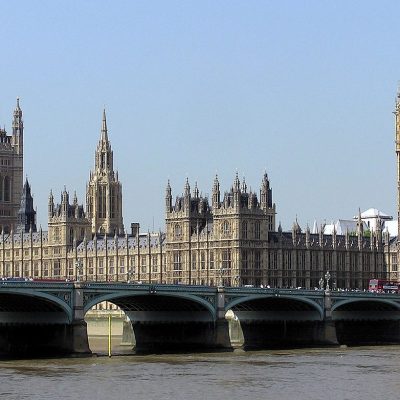The last few months have been marked in London by a series of resignations by national museum directors. Sandy Nairne has already left the National Portrait Gallery, Nicholas Penny is retiring from the National Gallery, and recently Neil MacGregor has announced that he is leaving the British Museum after 13 powerful years. All these men are in their 60s: their retirements are not surprising. And while the director of Tate remains brooding like a mountain peak above the clouds, the foothills beneath are full of movement: within weeks of one another the directors of Tate Modern and Tate Britain have announced forthcoming moves to posts overseas.
That news is more revealing than the retirements. It suggests the increasing international fluidity of jobs at the top – Chris Dercon is leaving for Berlin (and to direct not a museum but a theatre company) while Penelope Curtis is bound for the Gulbenkian Museum in Lisbon. But it also brings into question the current system of governance. Given that the Tate collections are shared between the galleries (as well as Tate Liverpool and Tate St Ives), there is no way they could be divided. But while the idea of an art historian as overall director was no doubt necessary when the new super-Tate was young, the system may not be valid long term: the individual directors cannot be sure they are master/mistress in their own house, as is suggested by the rapid succession in the directorship of Tate Modern (three in its first decade, and for some complex reason all non–British). The German ‘federal’ system, as practiced in Dresden or Berlin, by which the director-general is responsible for political relations, fund-raising and overall administration but leaves artistic decisions entirely to the directors of individual museums, may provide a model in the long term; at any rate the present system is creaking.
In modern Britain, the obligations required of the national museum director are multiple and only in part exciting, especially in times of continuing financial stringency as government finds it hard to grasp the huge benefits our national museums offer the country. No doubt the jobs currently on offer – the British Museum and Tate Britain – will attract plenty of applicants (though it’s hard to imagine, say, an Italian heading up Tate Britain). Recent, or relatively recent, appointments have shown various trends. On the negative side, the tradition by which museum directors of regional museums moved to London positions has dried up. More positively, a less nationalistic approach to public appointments has meant that foreign-born directors have moved to London (there are currently two German-born national museum directors) and that British curators, such as Nicholas Cullinan at the National Portrait Gallery and Gabriele Finaldi at the National Gallery, have gained experience overseas before being appointed to London directorships – though it’s unlikely that American museum directors would be willing to accept a three- or four-fold drop in salary to move to London.
Appointing Young Turks seems to be the trend. Both Nick Cullinan, and Abraham Thomas who arrived at Sir John Soane’s Museum two years ago, are in their 30s, while Gabriele Finaldi at 50 might be counted as a senior Young Turk. It will be intriguing to see whether the British Museum – the most sensitive and demanding of posts – goes the same way.
Related Articles
Personality of the Year: Nicholas Penny
Nicholas Penny, director of the National Gallery, will retire in 2015


